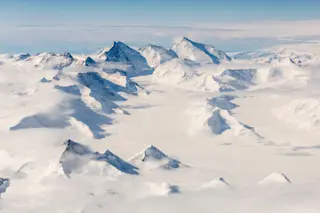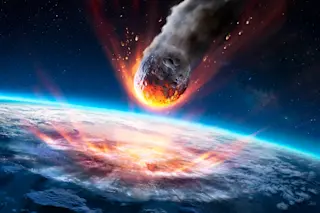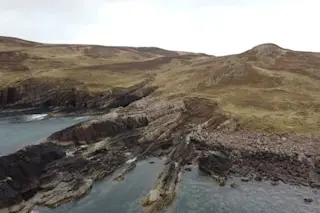(Video courtesy of Dr. Boris Behncke, INGV - Osservatorio Etneo). Much of last week, we were focused on the activity at Italy's Etna. The week ended with some lava flows creeping down the volcano and, for a day, things had settled down. Well, little did we know that Etna was actually just warming up. During the night of Feb. 23 (Saturday), the volcano unleashed a remarkable explosive volley, producing lava fountains that towered 800 meters over the crater on the southeast slopes of the volcano. Video taken by Dr. Boris Behncke of the Osservatorio Etneo (above) shows just how powerful the eruption was, with the pulsing and roaring of the lava as it was explosively thrown from the vent near the new Southeast Crater. Let's try to put a 800-meter lava fountain into some perspective. 800 meters is ~2,624 feet. The height of the Empire State Building in New York ...
Stunning Lava Fountains From Italy's Etna
Witness the awe-inspiring Etna lava fountain that soared 800 meters high during the explosive February 23 eruption. Discover more!
More on Discover
Stay Curious
SubscribeTo The Magazine
Save up to 40% off the cover price when you subscribe to Discover magazine.
Subscribe












